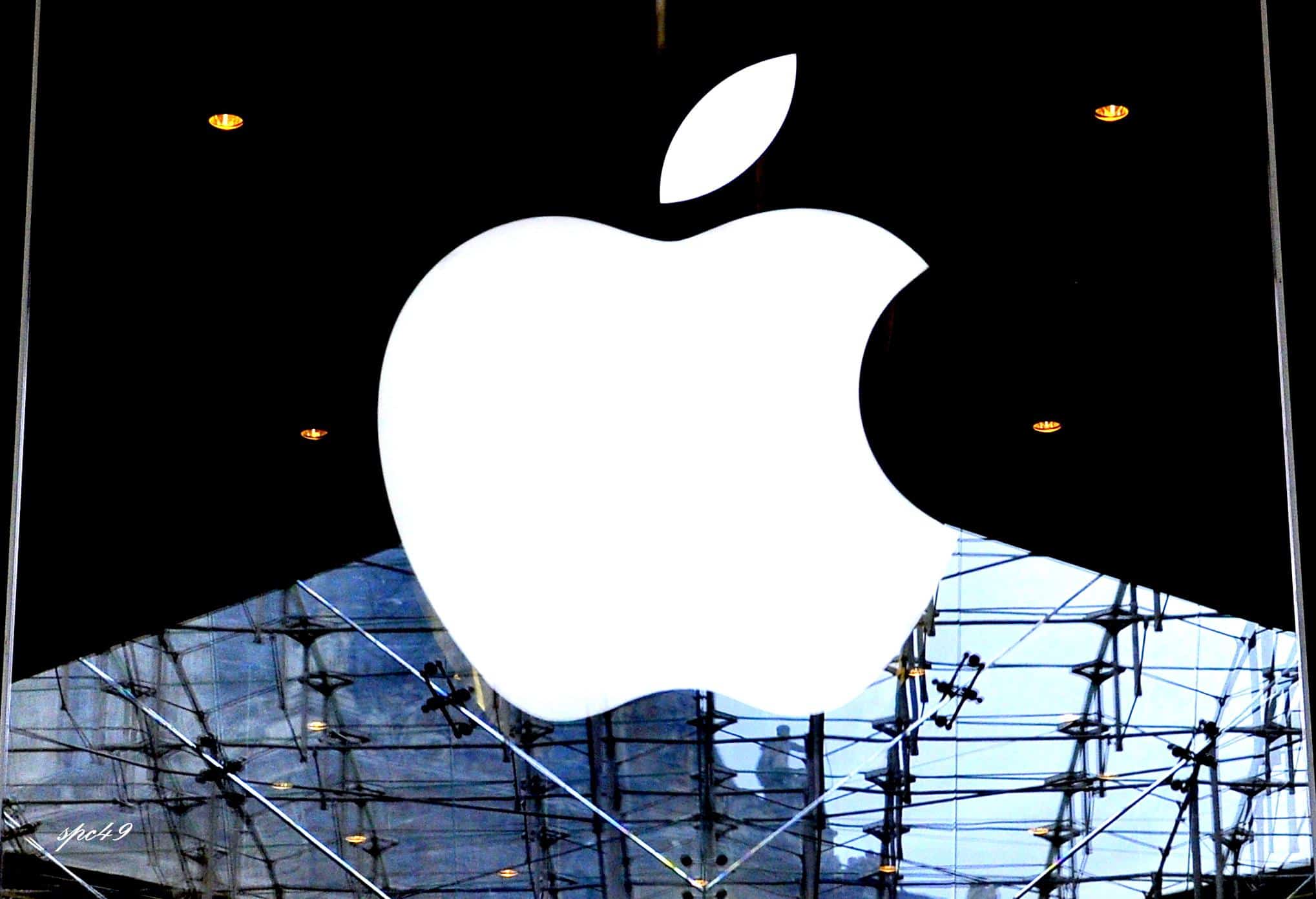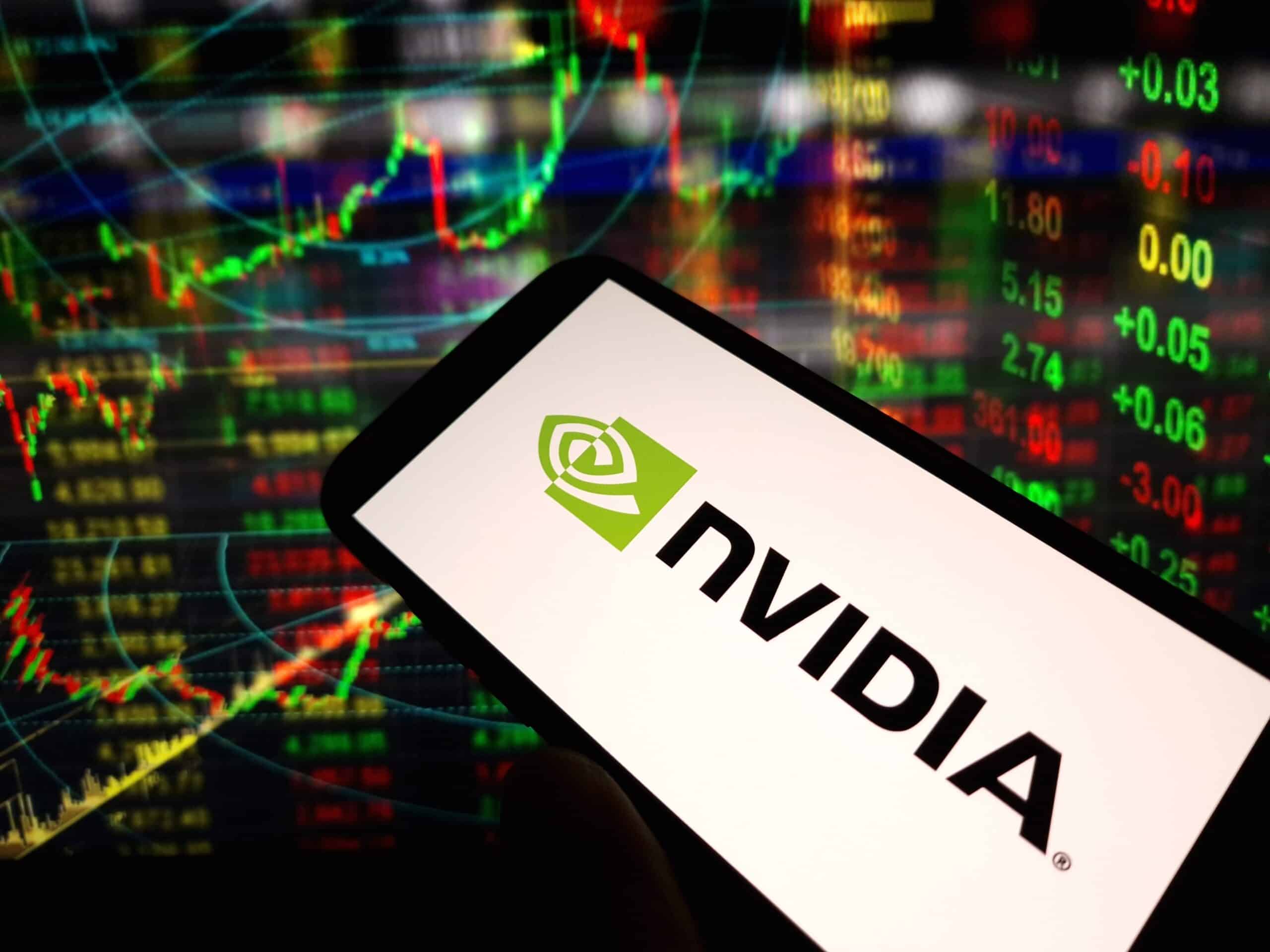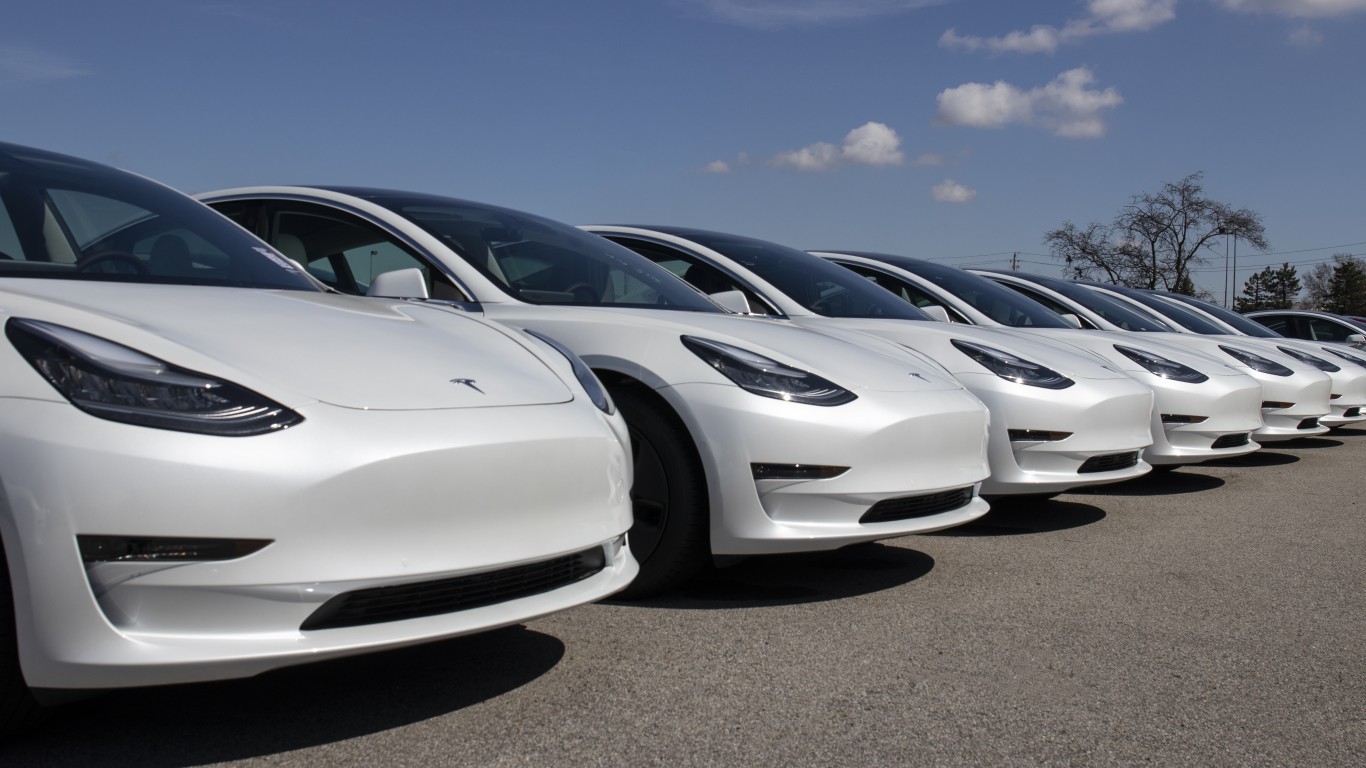
Stock splits stir up a lot of noise in the world of investing. A stock split doesn’t change the value of a company but can influence investor sentiment and market activity. That said, a stock split shouldn’t directly impact whether or not you buy a company’s stock. They don’t change the underlying fundamentals of a company.
Generally, if you’re interested in buying a company’s stock, we recommend purchasing it, whether it’s before or after a stock split. Sometimes, a stock split can impact a company’s stock pricing, though. When you should buy depends largely on what you’re trying to get out of the stock.
Let’s look at the dynamics of stock splits using a few real-world examples.
24/7 Wall St. Key Points:
- There’s no one-size-fits-all answer to whether you should buy a stock before or after a stock split. Both approaches have their potential risks and advantages.
- Consider things like your investment goals and the company’s fundamentals when deciding what to invest in, not stock splits alone.
- NVIDIA, Broadcom, and Chipotle are three stock splits that drew a lot of attention this year. All three of these stocks are still showing upward momentum, letting investors “win” no matter where they invested as long as they continue to hold the stock.
- Also: Read “Discover the Next NVIDIA.”
What is a Stock Split?

A stock split increases the number of shares in a company while proportionally reducing the price per share. For example, in a 2-for-1 split, each shareholder receives an additional share for every share they own, and the price per share halves. The company’s total market capitalization remains the same because the value of the company is unchanged.
Types of Stock Splits:
- Forward Stock Splits: Used to make shares more affordable for investors.
- Reverse Stock Splits: Reduces the number of shares to increase the share price, often employed by struggling companies to meet stock exchange requirements.
Who Do Companies Split Stocks?

Why would a company ever decide to split their stock? Well, there are a few potential reasons:
- Accessibility: Lower share prices make stocks more accessible to retail investors.
- Liquidity: More shares in circulation can improve trading volume.
- Psychological Appeal: A lower price may attract new investors who perceive the stock as being of better value.
Apple’s (NASDAQ: AAPL) and Tesla’s (NASDAQ: TSLA) 2020 stock splits, for example, drew substantial attention and new investors, demonstrating the psychological pull of lower prices.
Evaluating Pre-Split vs. Post-Split Purchases

Stock splits don’t change a company’s fundamental value, so you shouldn’t put too much stock in them. Sometimes, a company’s stock price will go up after a stock split, but other times, it doesn’t (or it would have gone up either way).
How can you tell the difference? Well, you really can’t! The stock market is impossible to predict completely. That said, you can keep an eye on a few different factors to get some idea of what the stock is doing:
1. Price Movement Before the Split
What was the price of the stock before a split? Stock splits often generate a run-up in price before the split date, as the announcement can excite investors. Historically, stocks may outperform the broader market after a split announcement. However, this doesn’t mean the stock will continue with this momentum (and, often, it doesn’t).
For instance:
- Apple’s 4-for-1 split in 2020: After announcing the split in July, Apple’s stock surged nearly 30% by the split date in August. Buying early allowed investors to benefit from this pre-split momentum.
- Tesla’s 5-for-1 split in 2020: Tesla saw a 70% price increase between the announcement and the actual split, rewarding investors who bought before the split date.
2. Post-Split Performance
Stocks often see a short-term boost after the split, but this is often short-term. Post-split performance also varies based on market conditions and company fundamentals. Sometimes, stocks will cool off after a split due to profit-taking by early investors.
For instance, after a strong run-up pre-split in 2021, NVIDIA (NASDAQ: NVDA) experienced modest gains post-split as initial enthusiasm faded. Amazon saw a brief increase in trading volume and price post-split. However, larger economic factors soon caused the stock to decline. Amazon (NASDAQ: AMZN) is a good example of how stock splits don’t always prop a company’s stock up for long, especially if the larger stock market isn’t doing well.
Often, the company’s fundamentals and the larger stock market have a larger impact than stock splits. So, you should focus more on them than a company’s stock split, specifically.
Buying Before the Split

Purchasing stock before a split has several advantages, based on our discussion above, like:
- Capturing pre-split momentum: Stocks often rise leading up to a split due to heightened investor demand.
- Building a long-term position early: Buying before the split can allow you to lock in a lower-cost basis if the stock appreciates further over time.
- Psychological boost post-split: Sometimes, owning a larger number of shares after a split can just feel rewarding, even if it doesn’t actually mean you own more of the company.
However, there are also several potential downsides, too:
- Overpaying during a frenzy: After a stock split is announced, prices often rise. Therefore, you could potentially spend too much on a stock.
- Potential post-split cooldown: Stocks often pull back after a split, leading to short-term losses. You’ll need to be willing to ride these out if you purchase around a stock’s split date.
Buying After the Split

Is buying after a split better? Not all the time, but it does have several advantages:
- More affordable entry point: A lower price point makes it easier to own more shares of a company. If you just want to own a share in Apple, for instance, it’d be cheaper after a stock split.
- Reduced risk of overvaluation: A post-split price is often more stable (after pullback, of course). Waiting until a stock stabilizes and helps you avoid volatility.
- Potential long-term gains: If the company continues to grow, buying post-split can still yield significant returns. However, you should only do this for companies with strong fundamentals.
Of course, there are risks associated with waiting until after a stock split, too, like:
- Missed pre-split gains: If you wait until after the stock has stabilized, you could miss out on potential gains. It’s easy to feel like you’ve missed the boat!
- Short-term volatility: Post-split profit-taking by early investors can cause temporary price fluctuations. This can be hard to navigate if you make your purchase right after a pre-split.
When Should You Buy?

There is no right answer to whether you should purchase stock before or after a split. Instead, it depends on the exact stock and your financial goals. Here are some factors to consider when trying to decide when to purchase a stock:
- Your Investment Horizon: If you’re a long-term investor, the timing of the split matters less than the company’s overall growth potential. Buy companies you believe in, not just those with stock splits in their future.
- Valuation: Analyze a stock’s valuation to avoid overpaying. Pre-split excitement can lead to price increases that don’t represent the company’s value.
- Market Sentiment: Consider how the larger market is doing, too. A stock split is only one factor in a company’s valuation.
- Company Fundamentals: Ensure the company has a strong track record and growth prospects. Splits alone don’t guarantee success. Purchase companies you believe in.
What stocks will split in 2025? We’ve got that covered for you: “Which of These 3 Stocks Is Most Likely to Split in 2025?”
Real-World Examples: Nvidia, Broadcom, and Chipotle

This year, Nvidia, Broadcom, and Chipotle all had stock splits. Let’s take a look at how each of these companies did:
Nvidia
Nvidia announces a 10-for-1 stock split in late May 2024. Shares were trading around $1,000 at the time of this announcement. The stock split was scheduled for June 7, 2024. Up through the stock split, the stock continued to rally. However, this was largely due to the momentum brought by AI, a sector for which NVIDIA’s chips are important.
After the split, the stock opened at around $58, which made the stock much cheaper for retail investors. NVIDIA’s stock is still rising.
Honestly, any investor who purchased back in May has benefited, and many consider NVIDIA a long-term hold. This is a great example of how a company’s underlying fundamentals are more important than a stock split.
Broadcom
Broadcom (NASDAQ: AVGO) announced a 10-for-1 stock split in late March 2023, which took effect on July 15, 2024. This split moved stock prices from around $1,600 to less than $170. The stock price rose substantially between the announcement and the split, but the price suffered a bit after the split due to profit-taking.
Luckily, the stock has since recovered and is trading around the same price it was right before the split. Therefore, an investor who held through the split would have technically done better unless you purchased during the profit-taking after the split.
There were plenty of opportunities to invest and benefit from this stock split, but you did have to ride out some volatility.
Chipotle
Chipotle (NYSE: CMG) announced a huge 50-for-1 stock split in 2024. Before the split, the stock was selling for more than $3,000. However, after the split, prices dropped to $63 on June 18, 2024, when the split occurred.
Prices slowly built from the announcement to the stock split itself. However, prices fell very quickly after the split and haven’t recovered since then. Investors who sold right before the split would be better off. That said, someone who purchased after the stock fell would have still seen a gain between then and now.
It’s important to remember that stock splits do not impact the underlying value of a company. Instead, they just dilute the stock pool a bit, making each stock cheaper. Like with all stocks, we recommend a long-term strategy. Trying to time the market, even around stock splits, is very challenging.
Take Charge of Your Retirement: Find the Right Financial Advisor For You in Minutes (Sponsor)
Retirement planning doesn’t have to feel overwhelming. The key is finding professional guidance—and we’ve made it easier than ever for you to connect with the right financial advisor for your unique needs.
Here’s how it works:
1️ Answer a Few Simple Questions
Tell us a bit about your goals and preferences—it only takes a few minutes!
2️ Get Your Top Advisor Matches
This tool matches you with qualified advisors who specialize in helping people like you achieve financial success.
3️ Choose Your Best Fit
Review their profiles, schedule an introductory meeting, and select the advisor who feels right for you.
Why wait? Start building the retirement you’ve always dreamed of. Click here to get started today!
Thank you for reading! Have some feedback for us?
Contact the 24/7 Wall St. editorial team.





